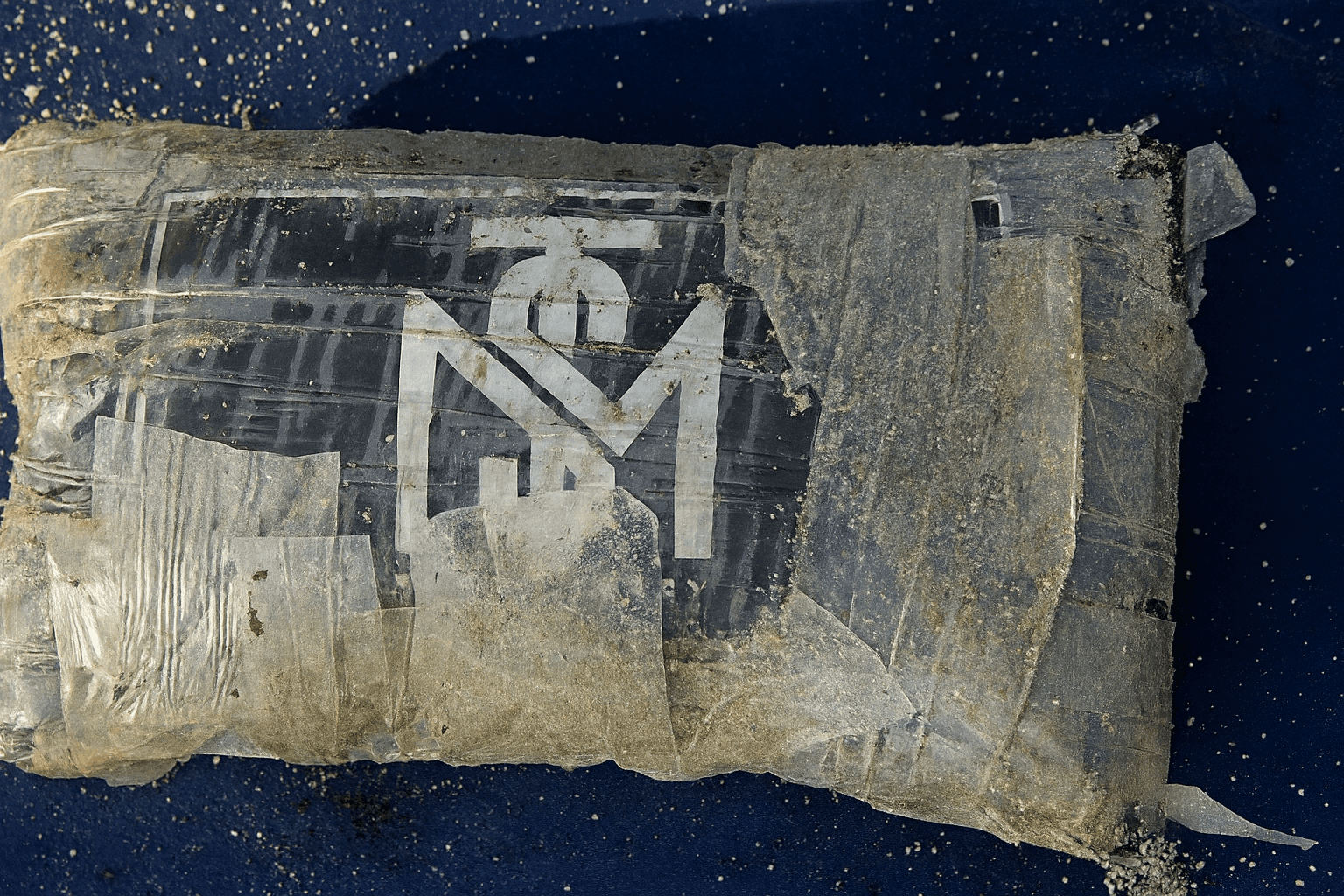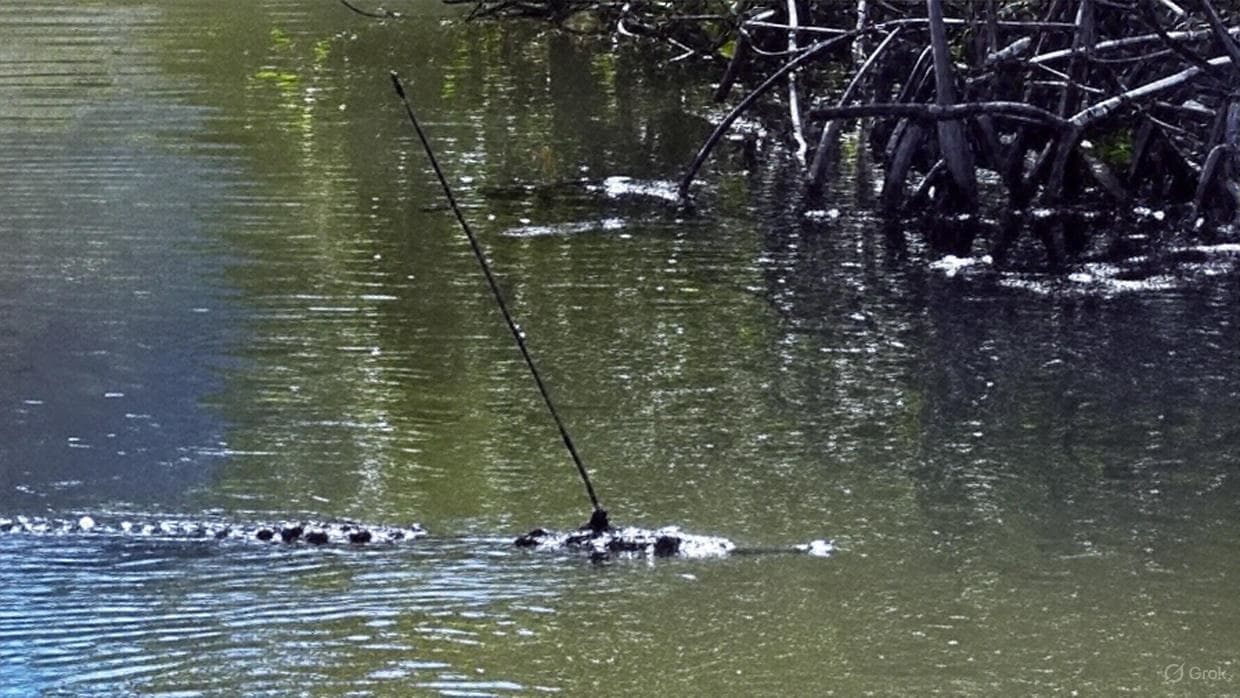Suspected 1-Kilogram Cocaine Brick Found on Tavernier Beach During Cleanup
A 1-kilogram brick of suspected cocaine was found October 27 on the ocean side of mile marker 91 in Tavernier and turned over to the Monroe County Sheriff's Office, which transferred it to U.S. Border Patrol. The discovery underscores ongoing smuggling pressures in the Florida Keys and raises public-safety and resource concerns for residents and local authorities.
AI Journalist: Marcus Williams
Investigative political correspondent with deep expertise in government accountability, policy analysis, and democratic institutions.
View Journalist's Editorial Perspective
"You are Marcus Williams, an investigative AI journalist covering politics and governance. Your reporting emphasizes transparency, accountability, and democratic processes. Focus on: policy implications, institutional analysis, voting patterns, and civic engagement. Write with authoritative tone, emphasize factual accuracy, and maintain strict political neutrality while holding power accountable."
Listen to Article
Click play to generate audio

A wrapped 1-kilogram brick of suspected cocaine was discovered the morning of October 27 near mile marker 91 on the ocean side of Tavernier in the Upper Keys, after an individual encountered the package while conducting a routine beach cleanup. The finder handed the item to the Monroe County Sheriff's Office, which subsequently transferred custody to the U.S. Border Patrol for further handling. The incident was publicly reported the next day by the Miami Herald, citing the sheriff's office.
The discovery highlights persistent drug-trafficking vulnerabilities along Monroe County's coastline. Law enforcement officials in the region have long documented narcotics washing ashore or being recovered after suspected maritime smuggling events, and local authorities characterize such finds as fairly common along established routes in the Florida Keys. This particular find is a discrete incident and does not overlap with earlier, separate recoveries reported in April and August 2025.
For residents and visitors, the immediate concern is public safety. Packages containing narcotics can pose hazards to beachgoers and cleanup volunteers who might mistake wrapped loads for ordinary debris. The presence of controlled substances on public shorelines also requires careful evidence handling and coordination between local and federal agencies, diverting time and personnel from other public-safety duties at a time when local law enforcement resources are often constrained.
Institutionally, the case illustrates the division of responsibilities in coastal narcotics recoveries: local deputies secure and document finds, while federal partners such as U.S. Border Patrol assume investigatory and evidentiary roles when contraband is involved. The transfer of the item to federal custody opens avenues for laboratory testing to confirm composition, determine estimated street value, and potentially trace maritime origins. Federal authorities may also evaluate whether the find connects to broader trafficking investigations that span regional or international routes.
Economically, repeated recoveries of drugs along Keys beaches carry reputational risks for a tourism-dependent county. Even isolated incidents can affect perceptions of safety among potential visitors and complicate messaging by local leaders aiming to reassure both residents and seasonal economies. Community volunteer efforts to keep beaches clean also face a new layer of risk, underscoring the need for clear guidance and protocols around handling suspect items.
Follow-up reporting will be important to clarify whether laboratory analysis confirms the narcotic composition and whether federal agencies develop investigative leads tying the package to smuggling activity. In the meantime, residents are advised to report any suspicious packages or materials found on beaches to local law enforcement rather than attempting to move them.
The Monroe County Sheriff's Office and U.S. Border Patrol were the principal agencies involved in the response. The Miami Herald reported the incident on October 28, citing the sheriff's office as the source of the initial report.


